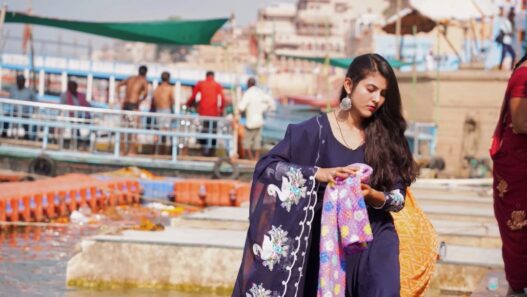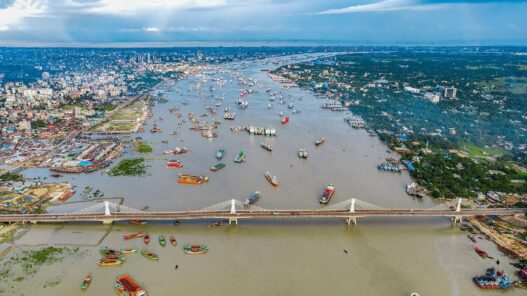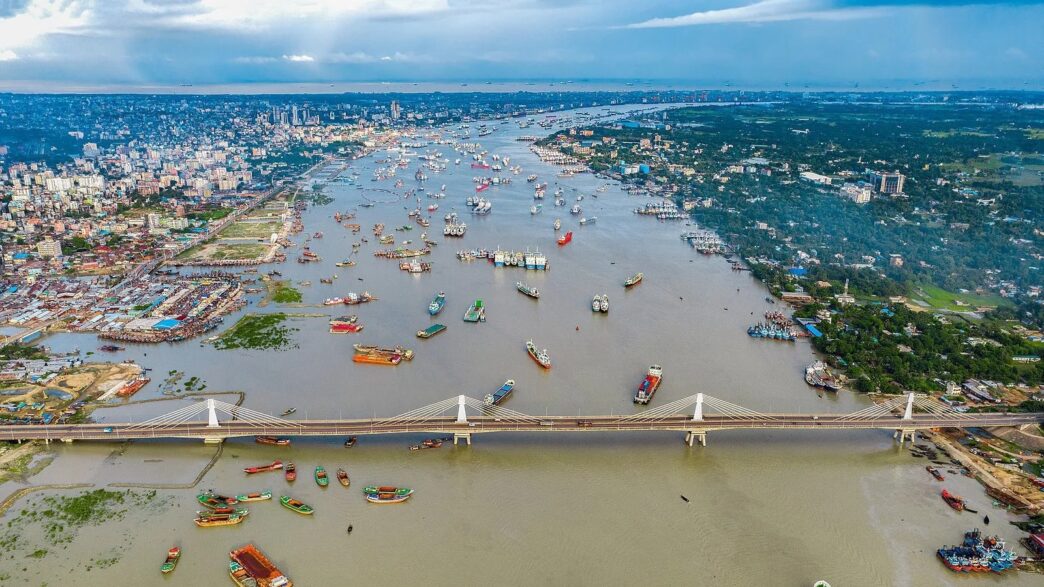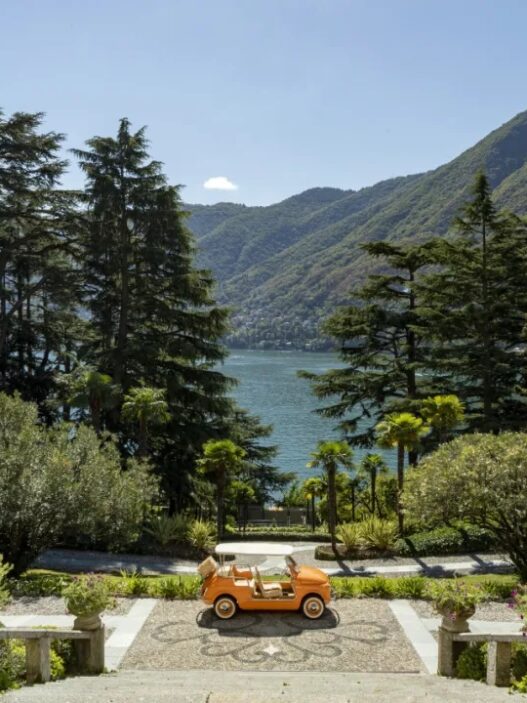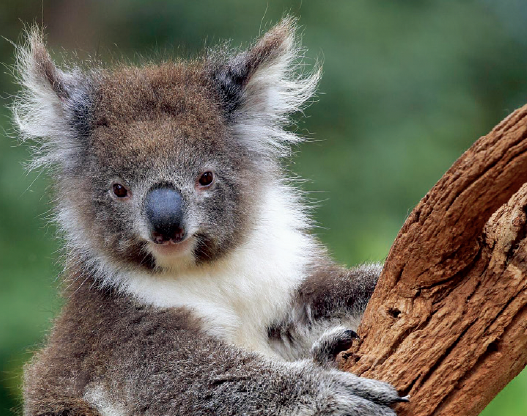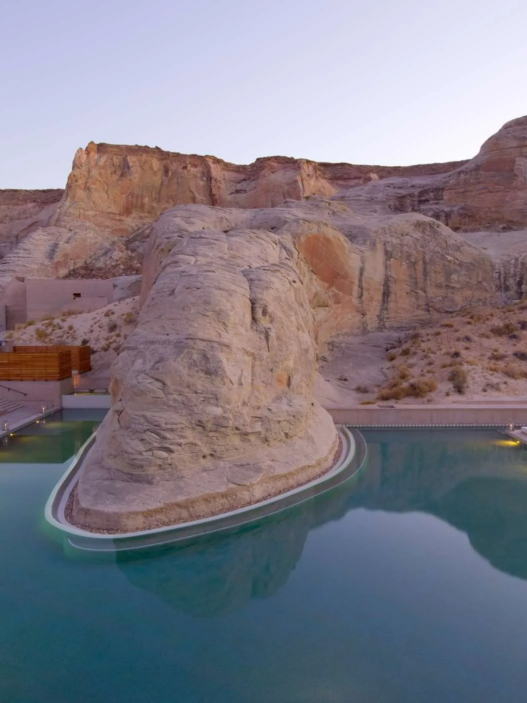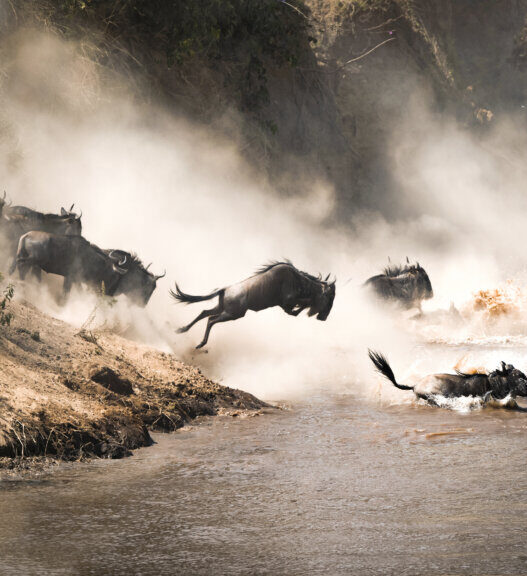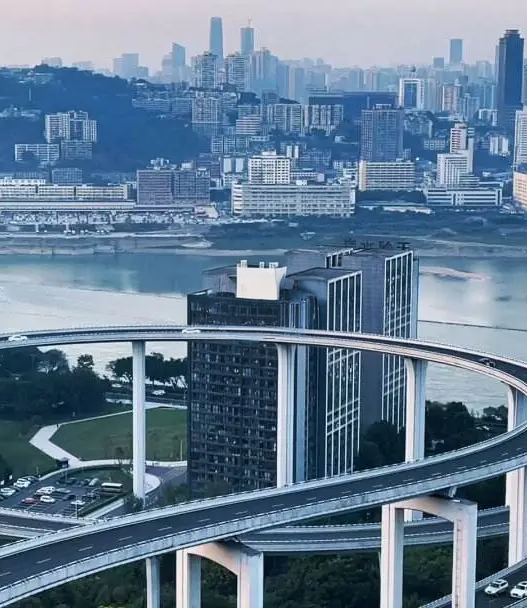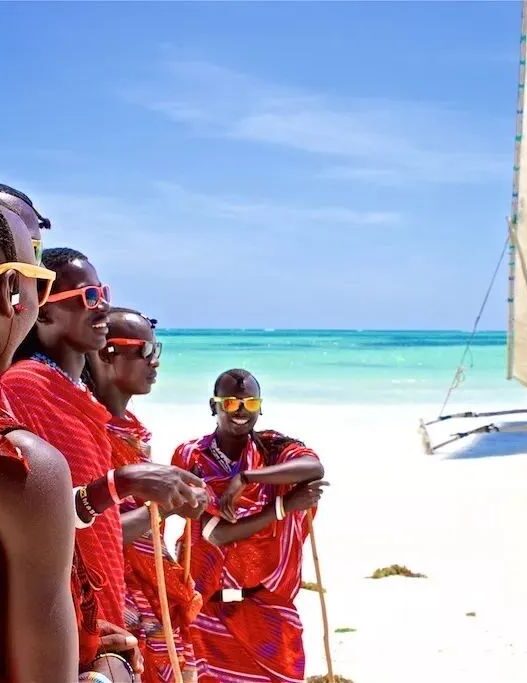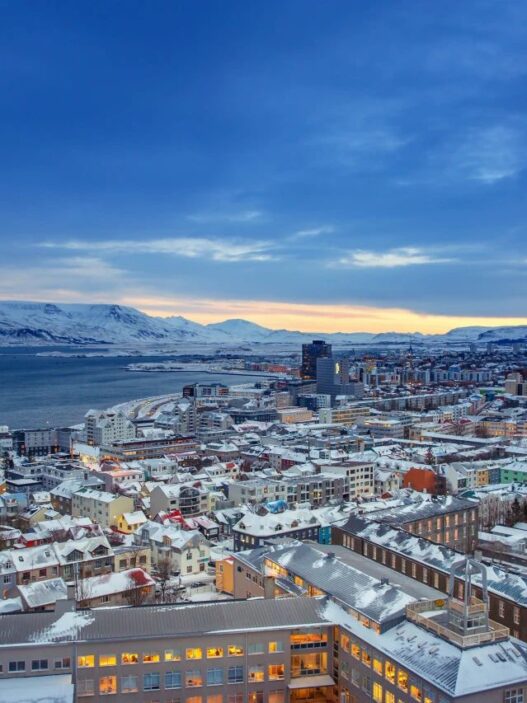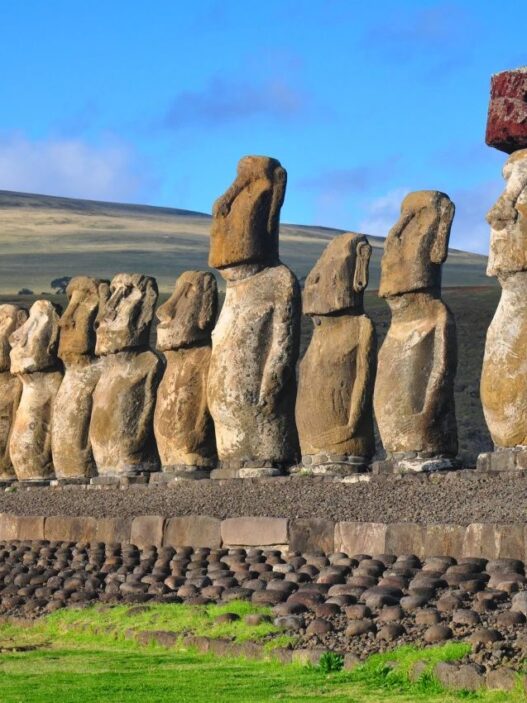If life feels mundane and you crave something fresh, consider visiting Bangladesh, home to the world’s most crowded city. Immerse yourself in a vibrant and bustling atmosphere unlike any other.
Must-Visit Attractions
Lalbagh Fort
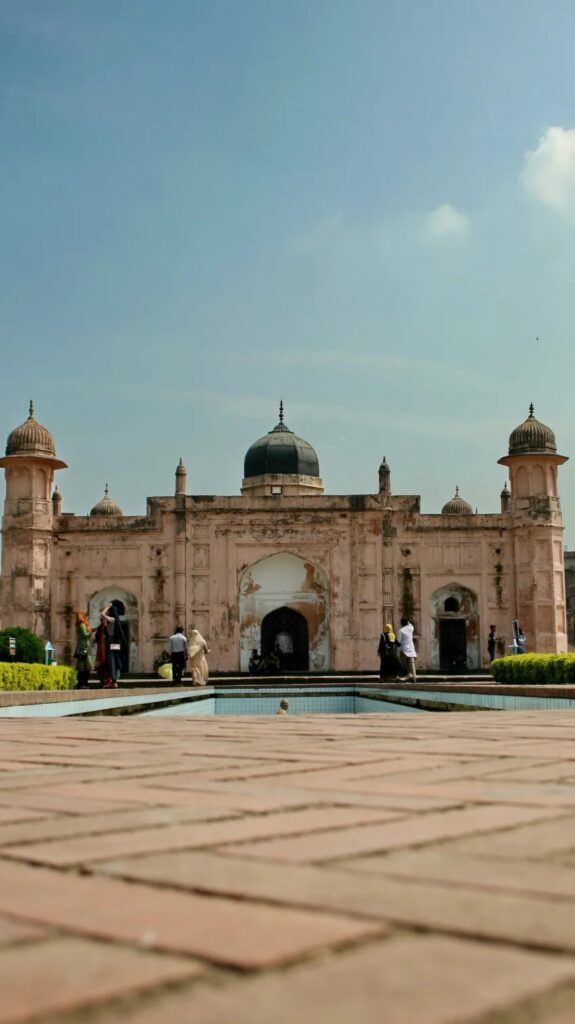
Located in the heart of Dhaka, this Mughal-era fort comprises a mosque, the tomb of Pari Bibi, and a two-story governor’s mansion. Often referred to as the “Taj Mahal of Bengal,” it’s an architectural gem.
Ahsan Manzil (The Pink Palace)
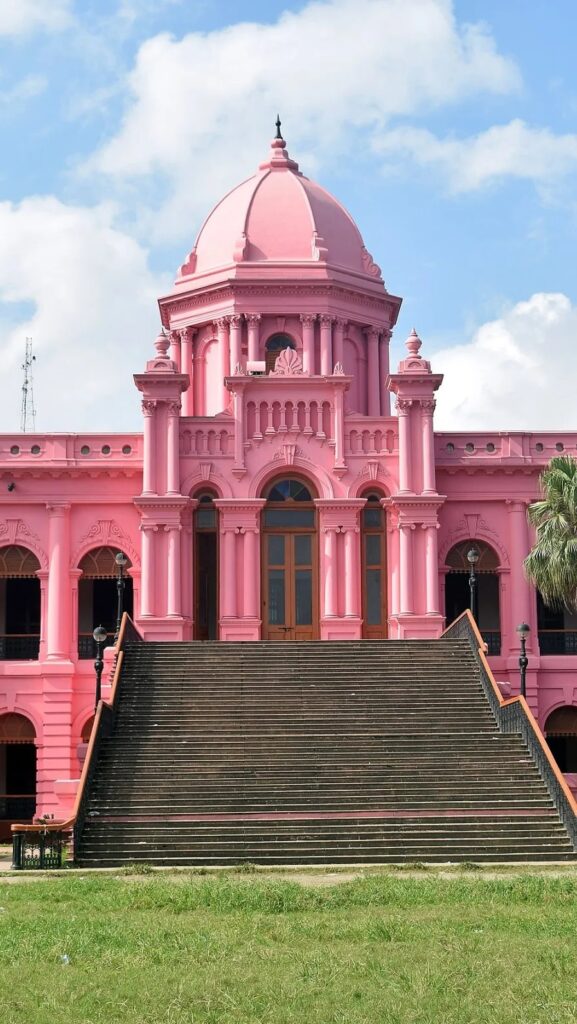
A landmark of Dhaka, this entirely pink palace once suffered damage from a tornado but was restored to its former glory. It stands as a stunning symbol of resilience and elegance.
National Martyrs’ Memorial
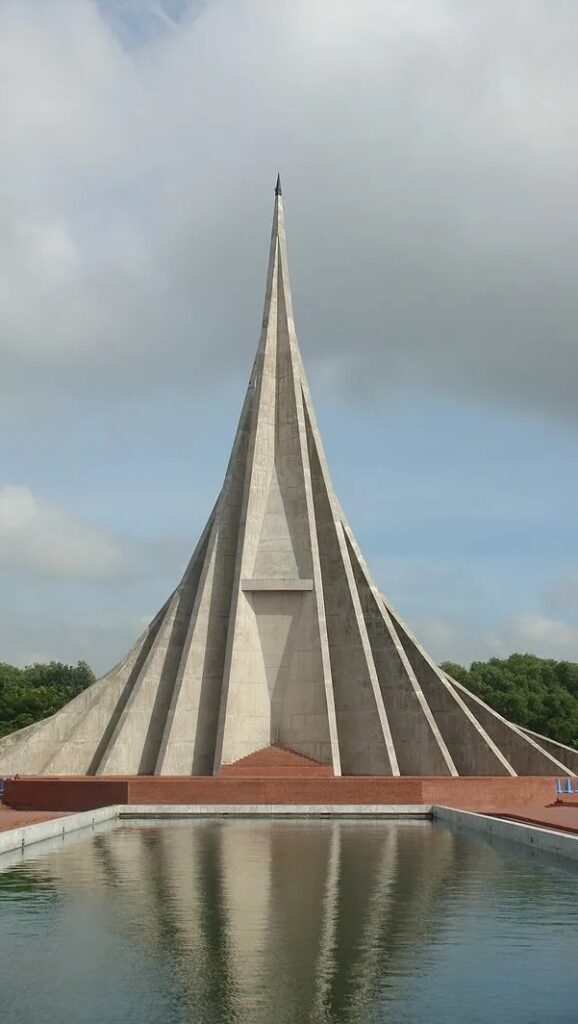
This towering 45-meter structure consists of seven triangular planes, representing courage and sacrifice. It commemorates the heroes of Bangladesh’s Independence War and is a place of immense national significance.
Bangladesh National Museum
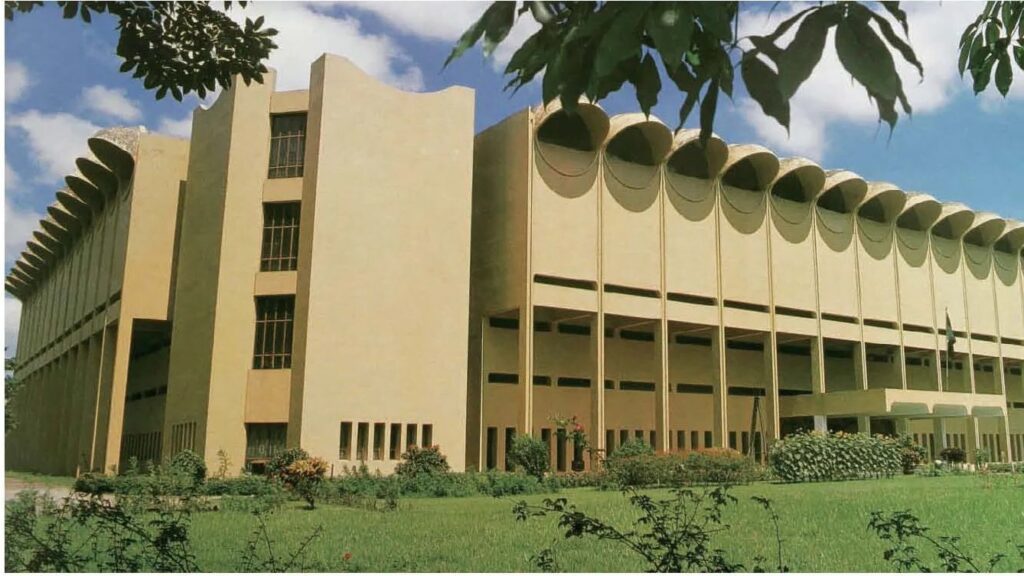
Situated next to Dhaka University, the museum houses an impressive collection of sculptures, paintings, and artifacts from Hindu, Buddhist, and Muslim periods, as well as ancient royal inscriptions.
Baitul Mukarram Mosque
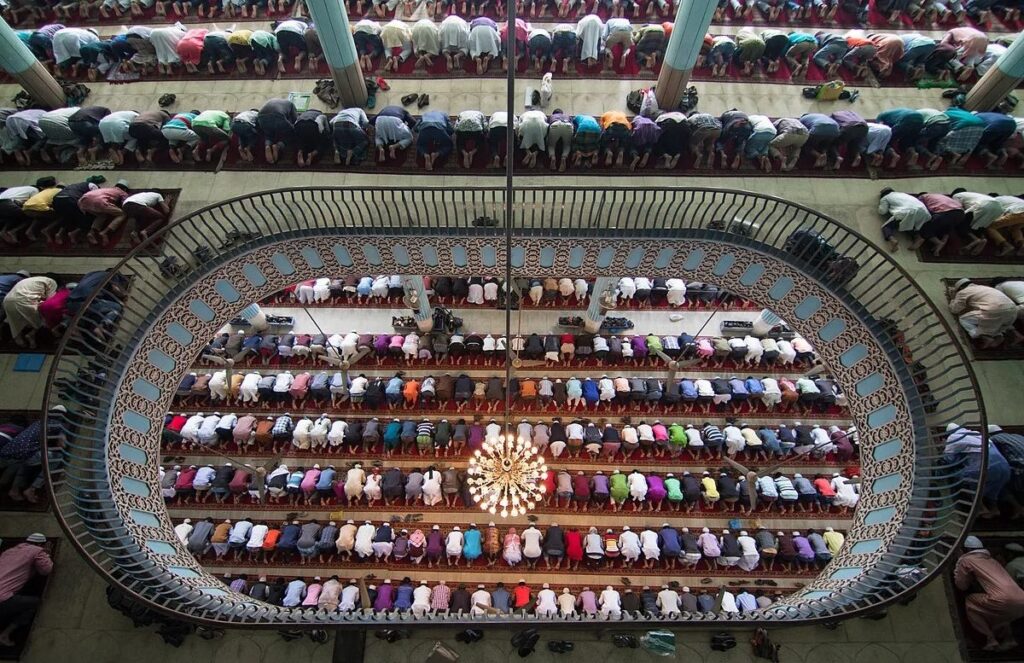
The largest mosque in Dhaka, designed to resemble the Kaaba in Mecca, this six-story white structure exudes a unique architectural style and accommodates thousands of worshippers.
Bangladesh Taj Mahal
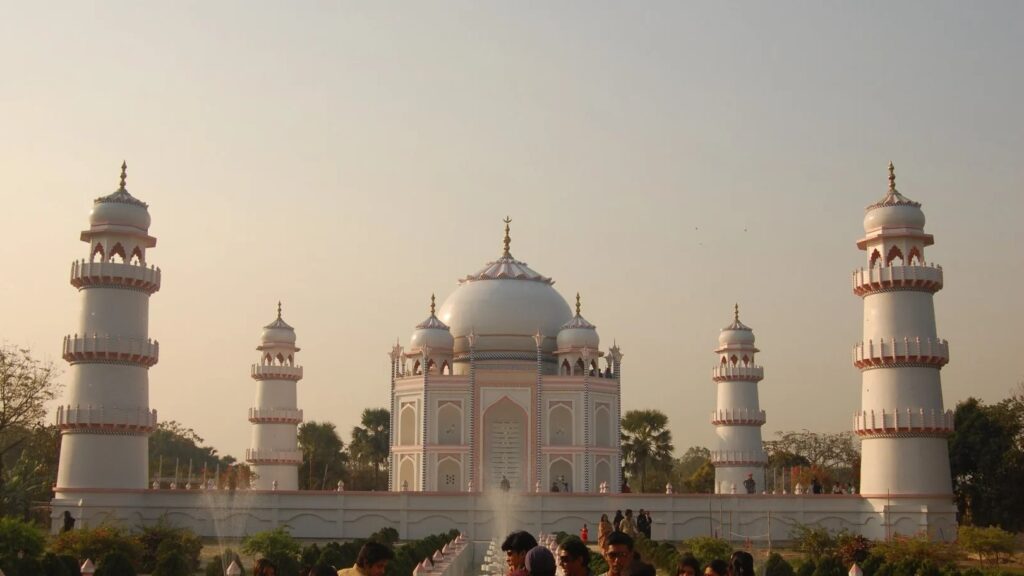
Located 30 km northeast of Dhaka, this replica of India’s Taj Mahal was built by Bangladeshi filmmaker Moni and serves as a stunning homage to the iconic monument.
National Parliament House
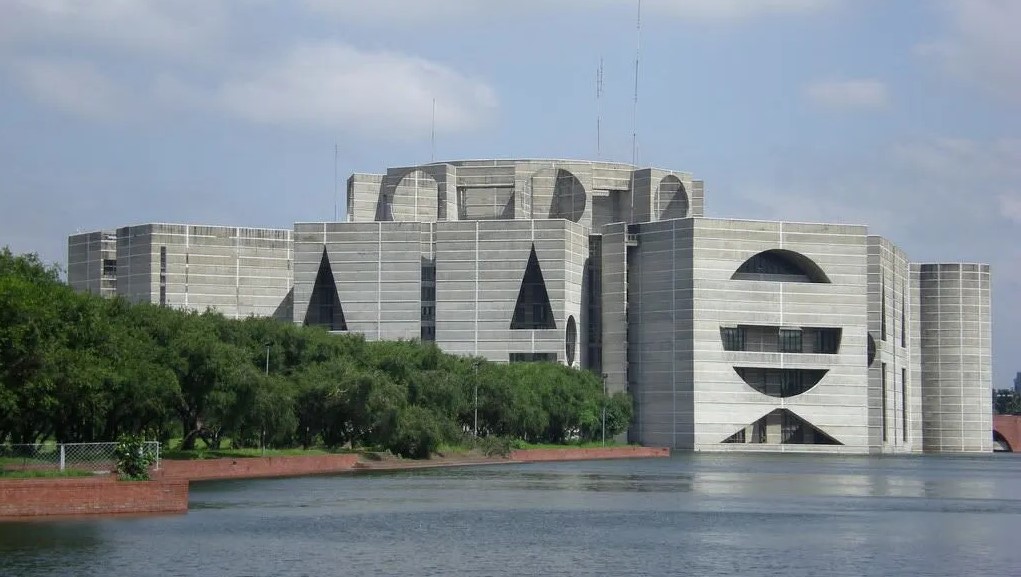
Designed by architectural master Louis Kahn, this is one of the largest legislative complexes in the world. Its grand and striking modernist design is a must-see for architecture enthusiasts.
St. Martin’s Island
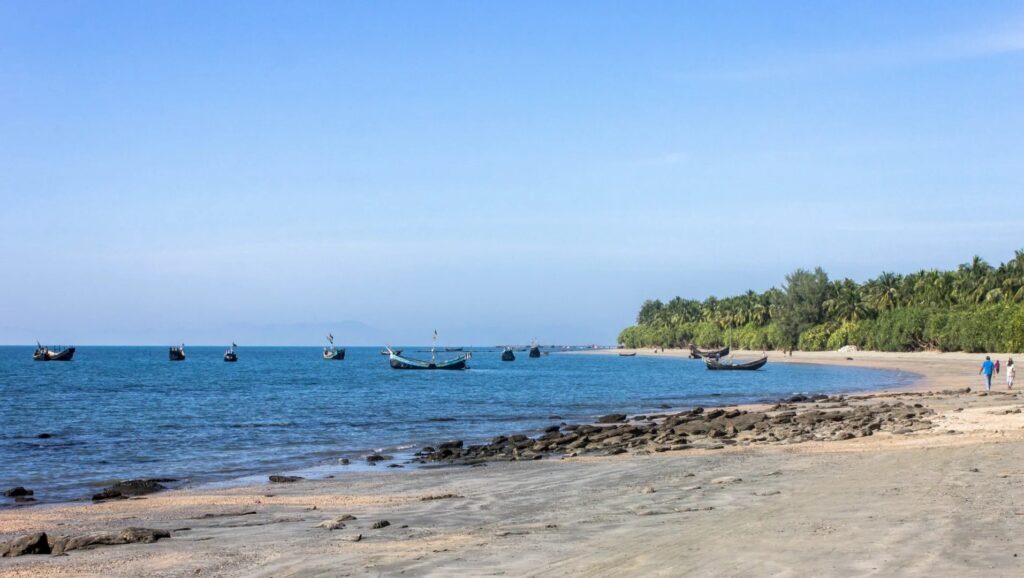
A beautiful coral island in the Bay of Bengal, it’s an ideal destination for beach lovers seeking tranquility and natural beauty.
Cox’s Bazar Beach
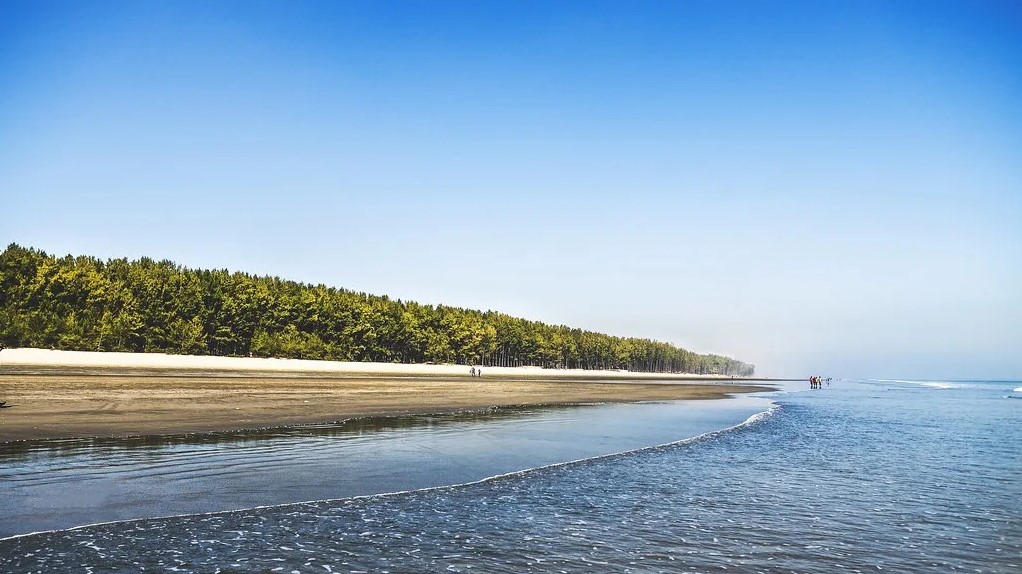
Known for having one of the longest continuous sandy beaches in the world, stretching 120–125 km, Cox’s Bazar is Bangladesh’s most popular tourist spot. Visitors can enjoy clear waters, expansive sands, surfing, swimming, and sunbathing, or explore the local fish market for a cultural experience.
Chittagong Hill Tracts
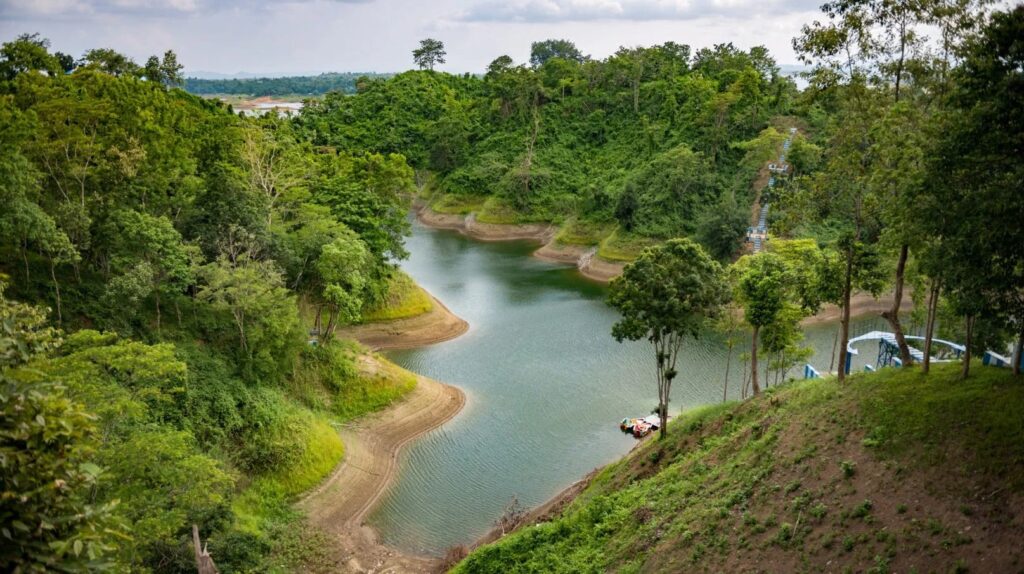
Located in southeastern Bangladesh near the Indian and Myanmar borders, this picturesque region is home to lush hills, rivers, and diverse tribal communities. It’s perfect for trekking and cultural exploration.
Sundarbans National Park
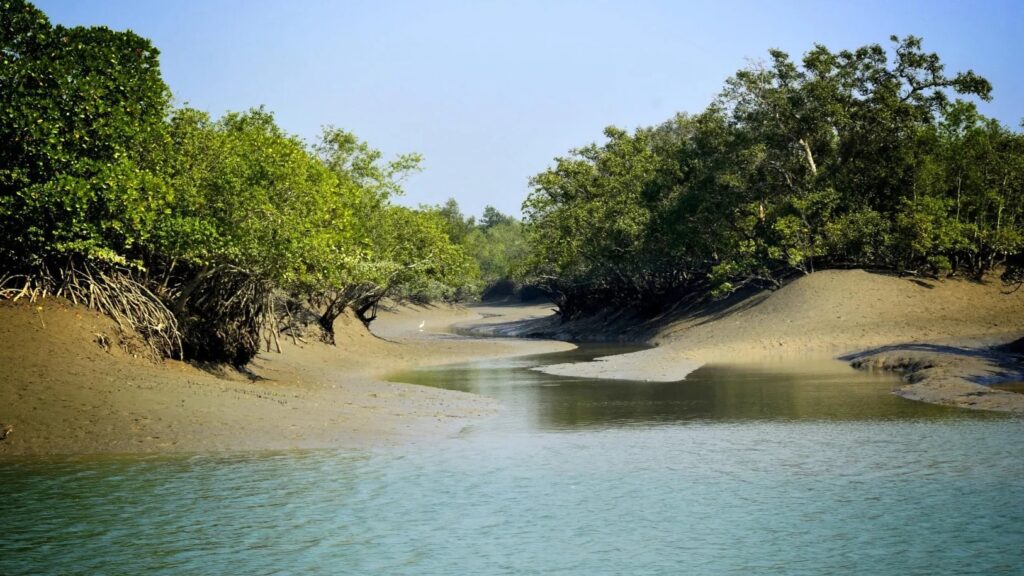
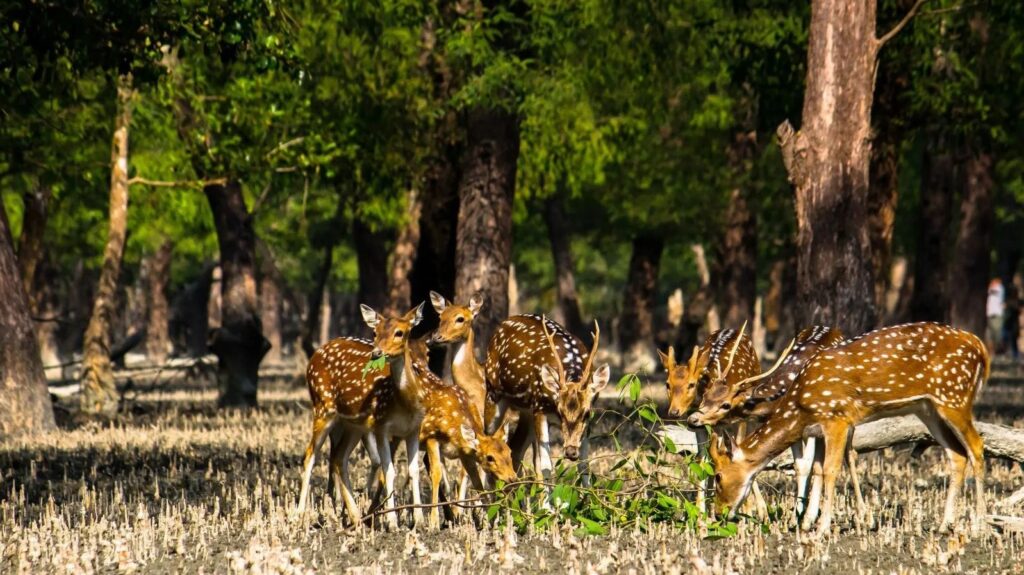
The Sundarbans, a UNESCO World Heritage Site, is the largest mangrove forest in the world. It’s home to the iconic Bengal tiger and a variety of wildlife. This serene and mysterious forest offers an unforgettable experience for nature lovers.
Must-Try Cuisine
Dalbhat

A staple Bangladeshi dish made of stewed lentils served with fragrant rice. Its rich and hearty flavors make it a local favorite.
Bangladeshi Vegetable Curry

A delightful mix of vegetables cooked in a spicy, coconut-based curry sauce. The flavor can be tailored to suit individual tastes.
Paratha
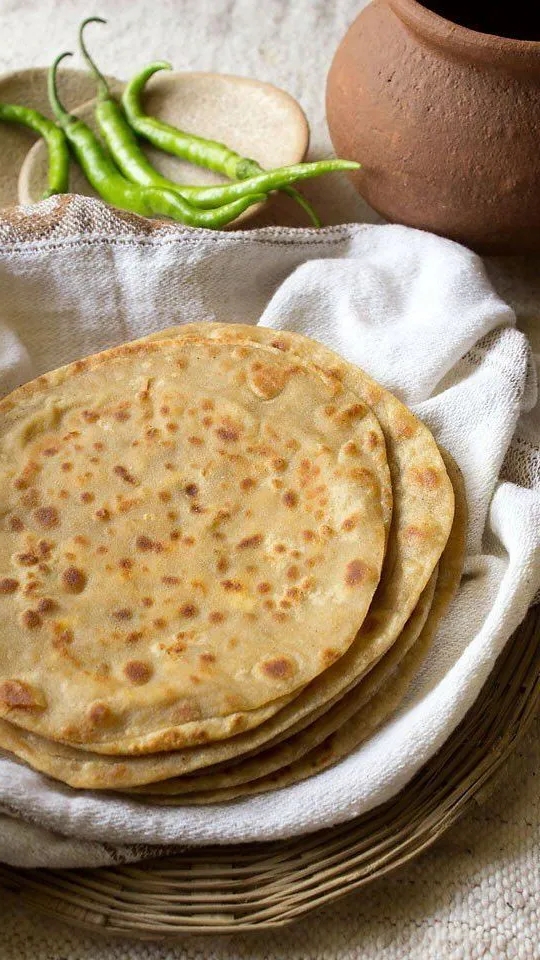
A traditional flatbread often enjoyed for breakfast. It pairs perfectly with scrambled eggs, curry, or yogurt.
Mughlai Chicken Biryani

This festive dish features fragrant basmati rice, chicken, and aromatic spices. It’s a highlight of Bangladeshi celebrations.
Spicy Prawn Curry
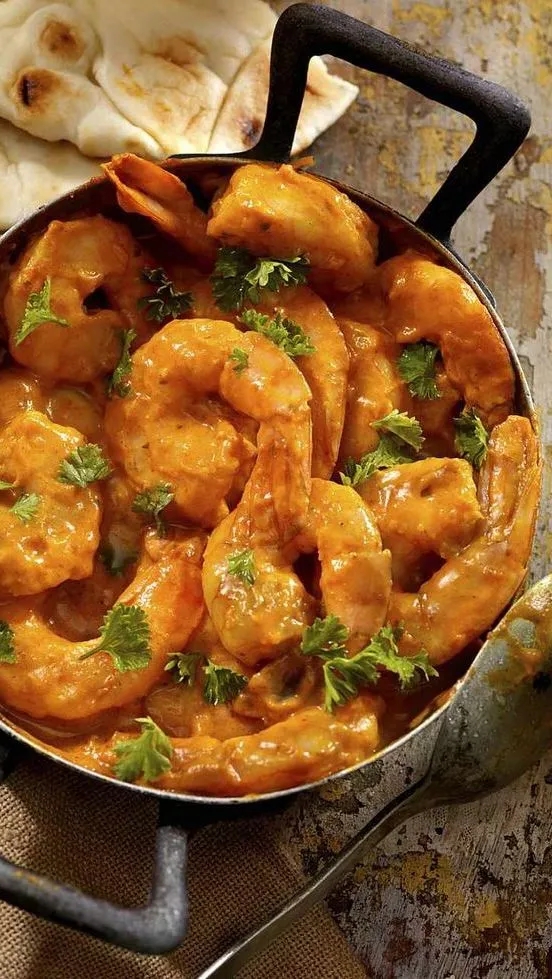
Made with fresh prawns, garlic, onions, and an array of spices, this dish is a favorite for seafood lovers.
Ilish Curry (Hilsa Curry)
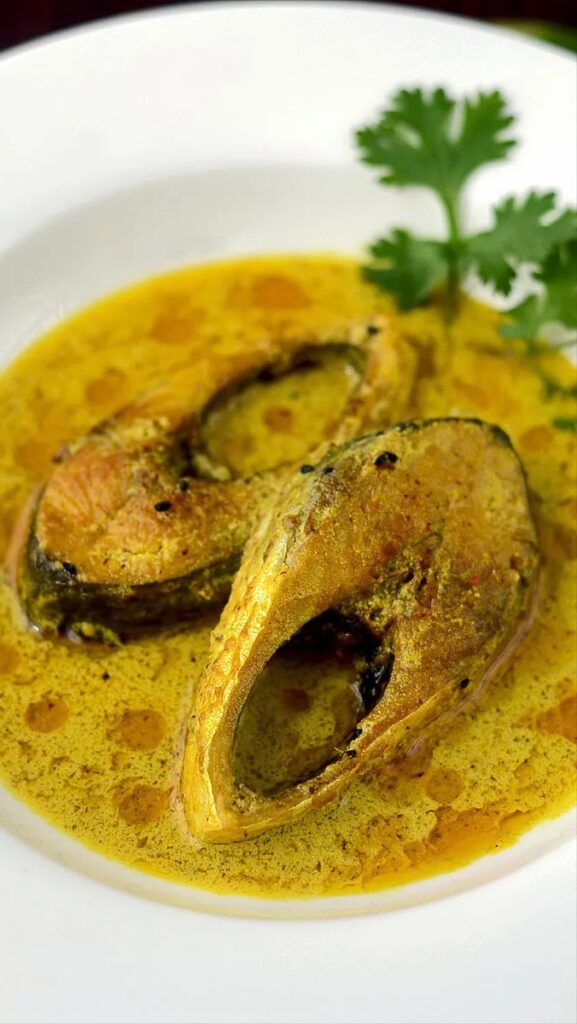
Often considered the national dish of Bangladesh, this curry combines Hilsa fish with mustard sauce and rice. It’s a perfect balance of tangy, sweet, and spicy flavors.
Prawn in Coconut Milk
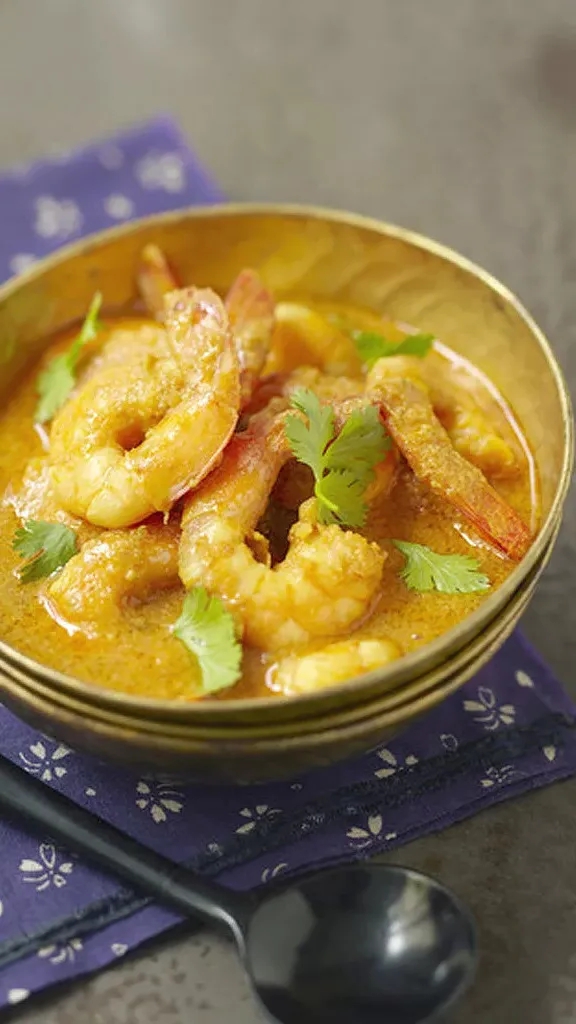
A rich and exotic curry that combines fresh prawns with creamy coconut milk and spices for a delightful dish.
Roshogolla
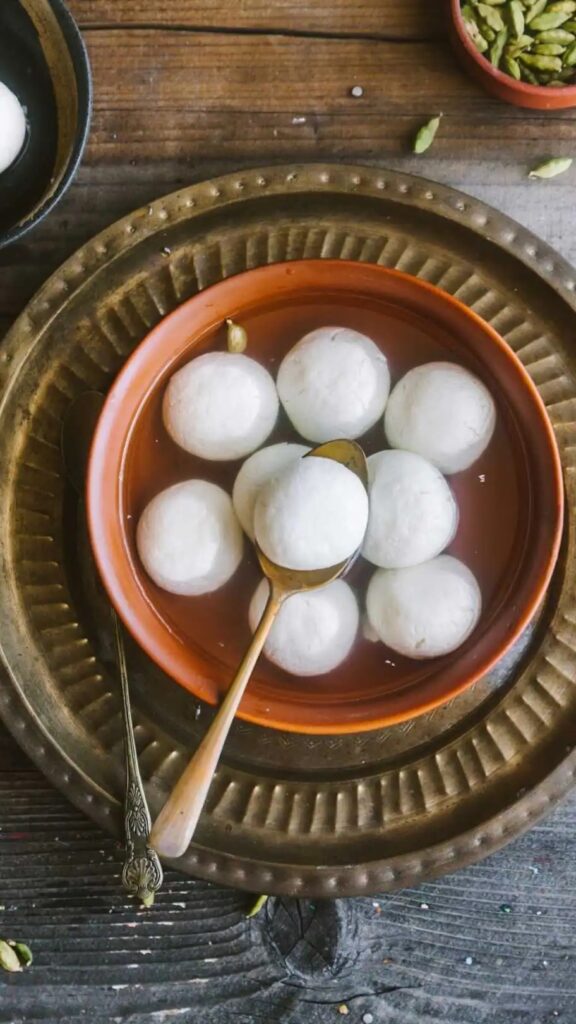
A traditional Bangladeshi dessert made of soft, spongy milk balls soaked in syrup. It’s sweet, light, and utterly delicious.
Best Time to Visit
Climate
Bangladesh experiences a subtropical monsoon climate with three main seasons:
Winter (November–February): Cool and pleasant, with temperatures dropping as low as 4°C.
Summer (March–June): Hot and humid, with temperatures reaching up to 45°C.
Monsoon (July–October): Rainy, with average temperatures around 30°C.
Best Travel Seasons
Winter (November to February):
Pros: Ideal weather for outdoor activities and exploring cities, countryside, and natural attractions. This is also the best time to experience traditional festivals like Martyrs’ Day (February 21).
Cons: It’s peak tourist season, so expect larger crowds and higher prices.
Summer (March to June):
Pros: Fewer tourists and clear skies make this a great time for sightseeing and experiencing the bustling markets.
Cons: High temperatures might be uncomfortable for some, so stay hydrated and use sun protection.
Monsoon (July to October):
Pros: The rainy season enhances the natural beauty of Bangladesh, offering lush landscapes and unique cultural experiences like water markets and river tours.
Cons: Heavy rainfall can cause travel disruptions, muddy roads, and temporary closures of some attractions.
Recommendation:
For comfortable weather and vibrant cultural experiences, visit during winter.
If you prefer fewer crowds, summer is an excellent choice.
For unique natural landscapes and water-based activities, consider the monsoon season, but plan carefully for weather-related challenges.





